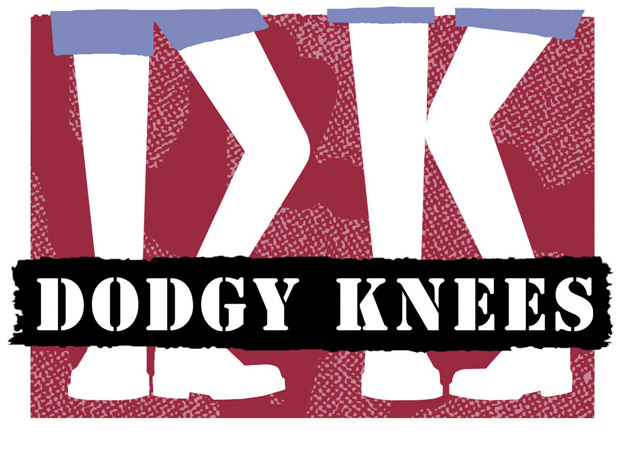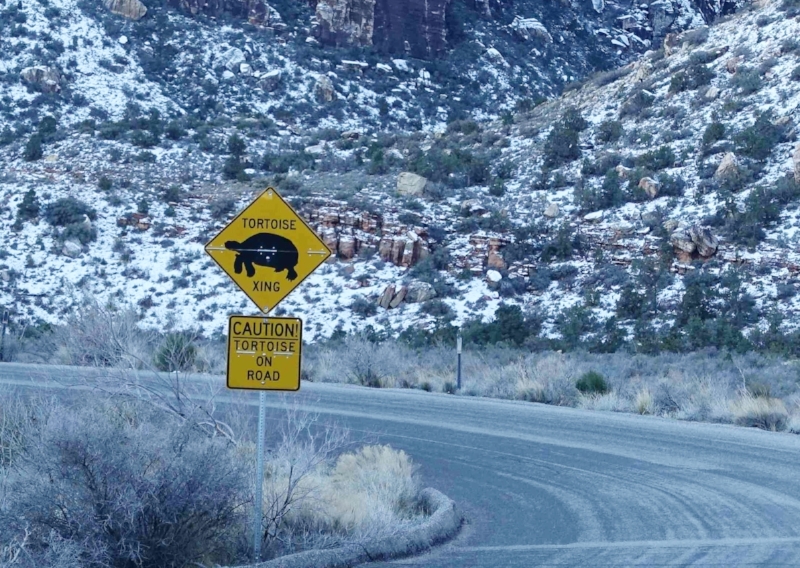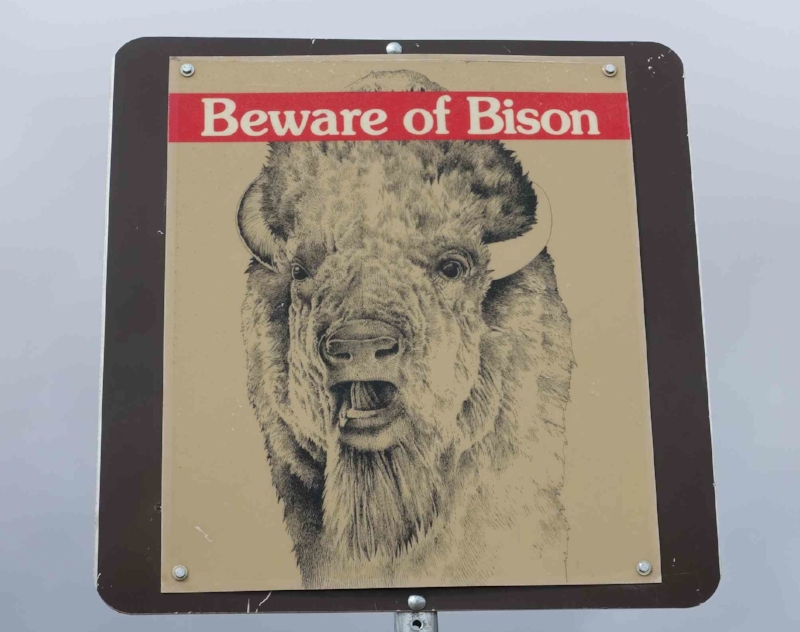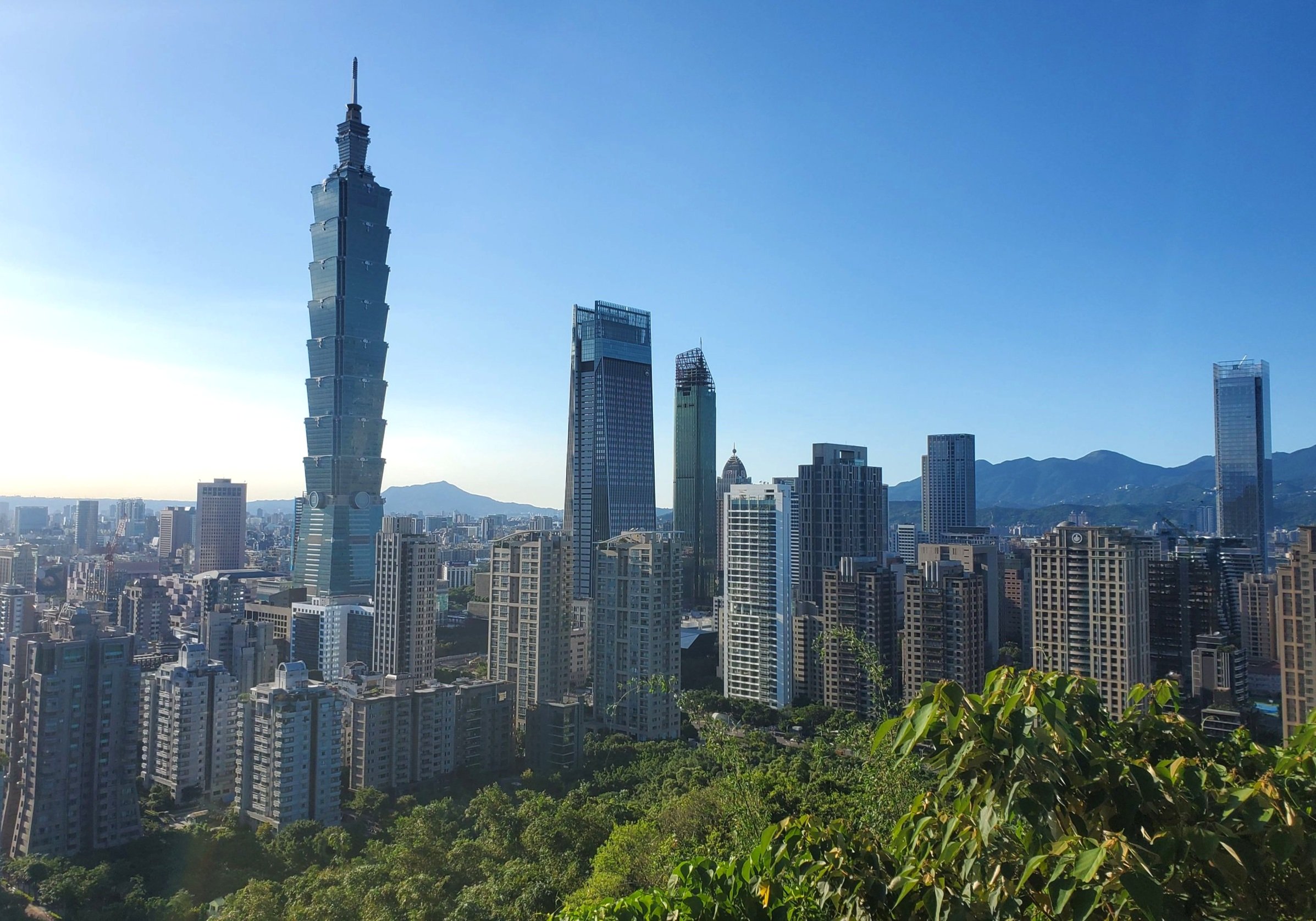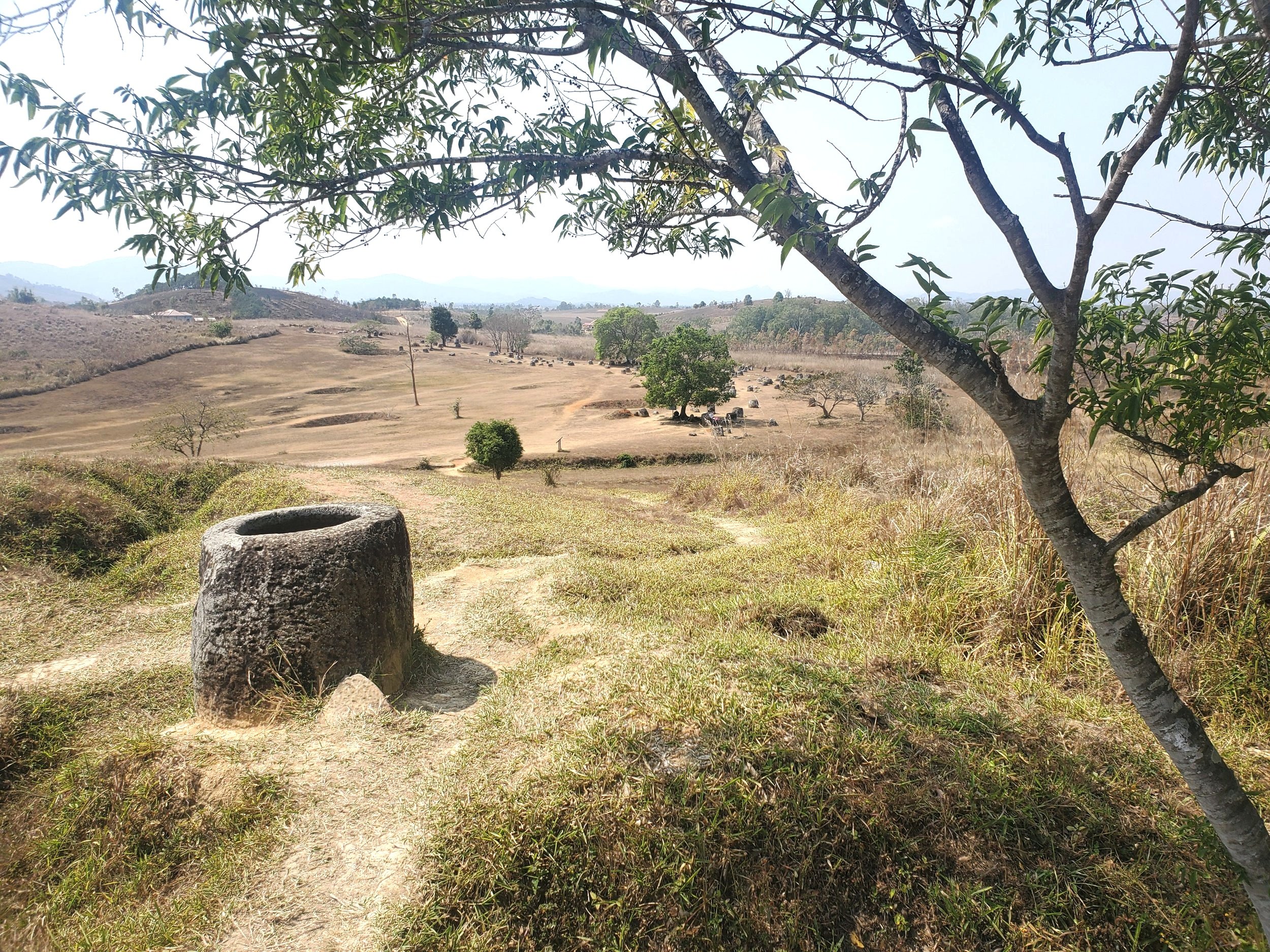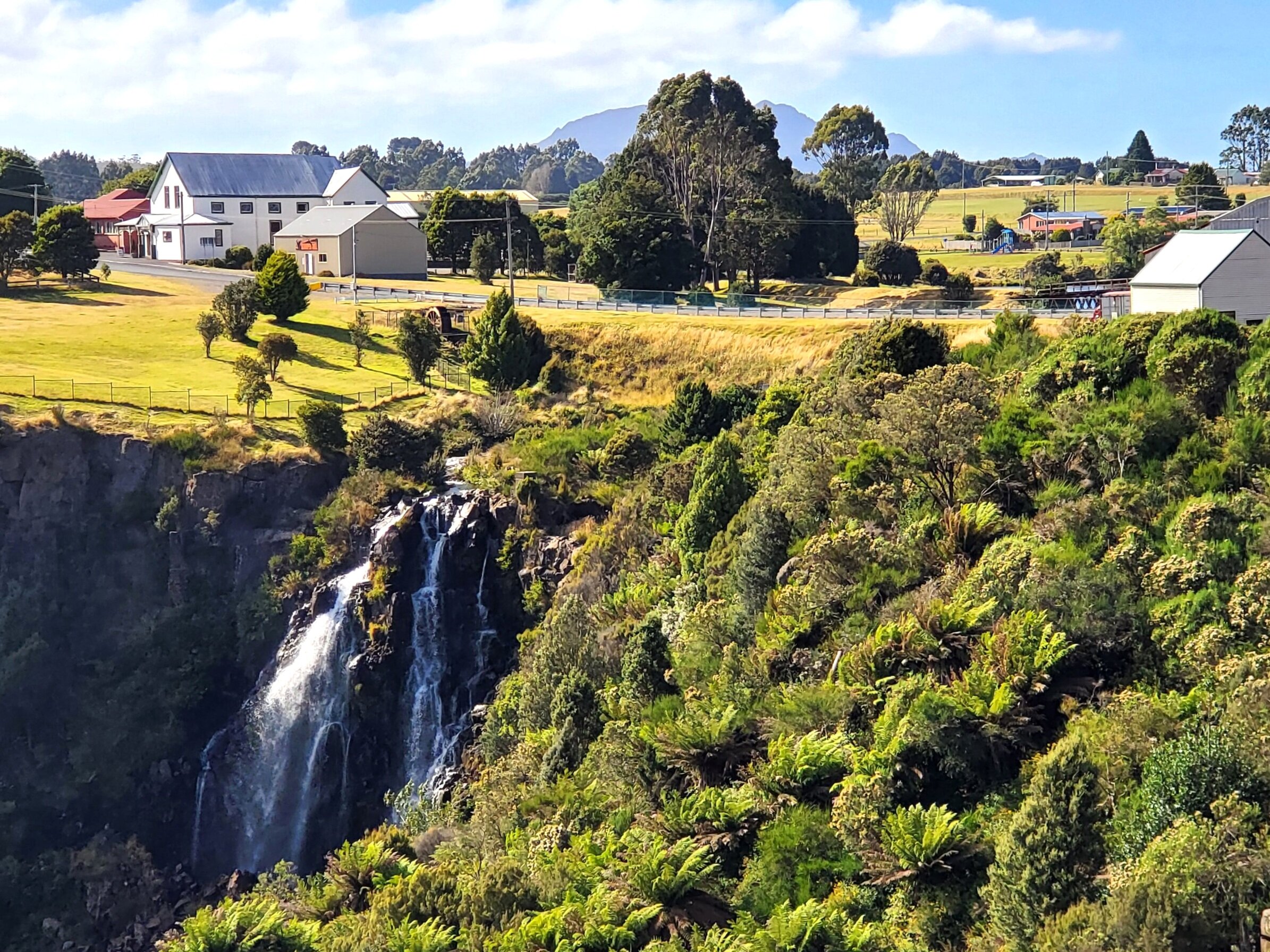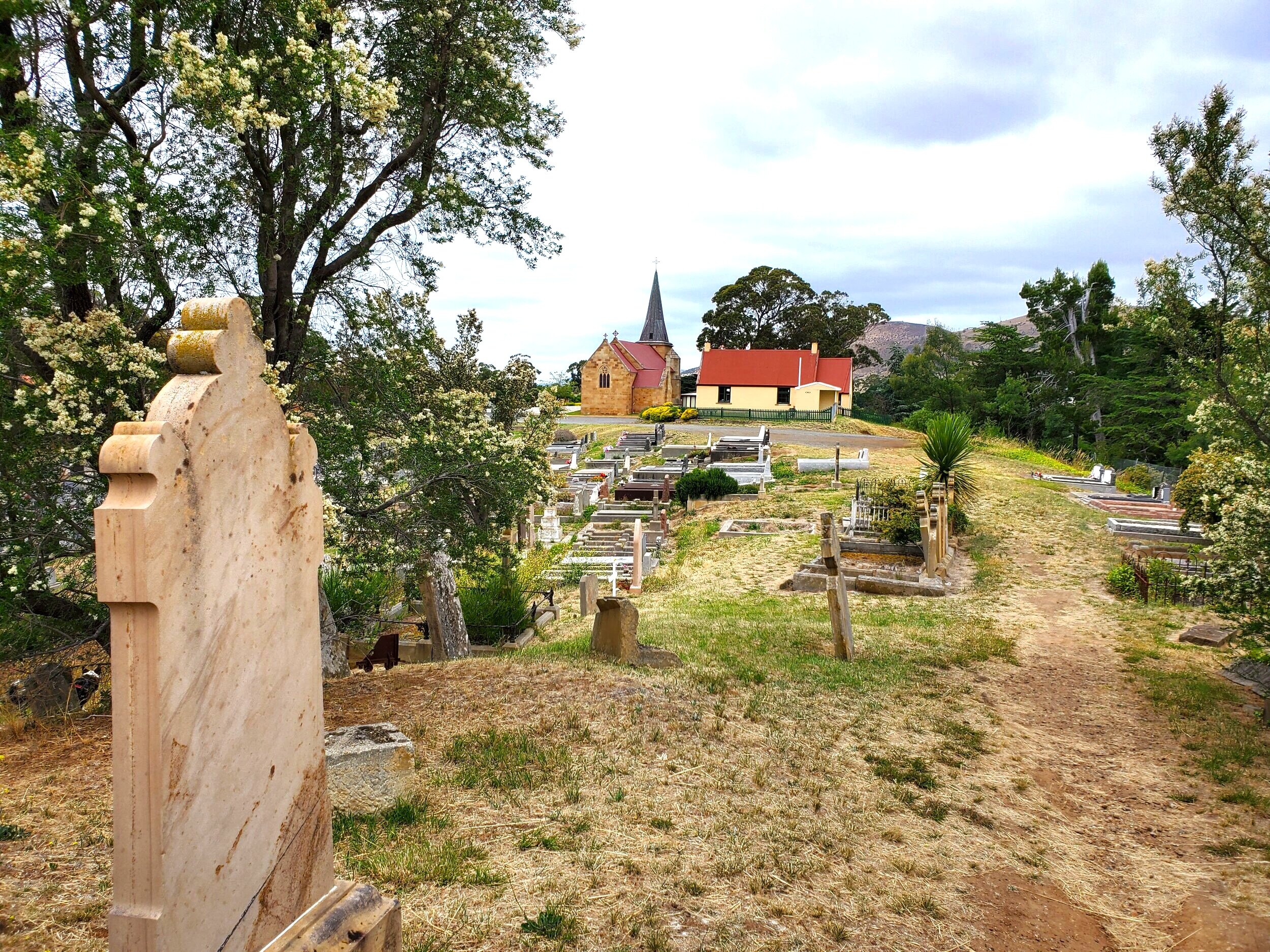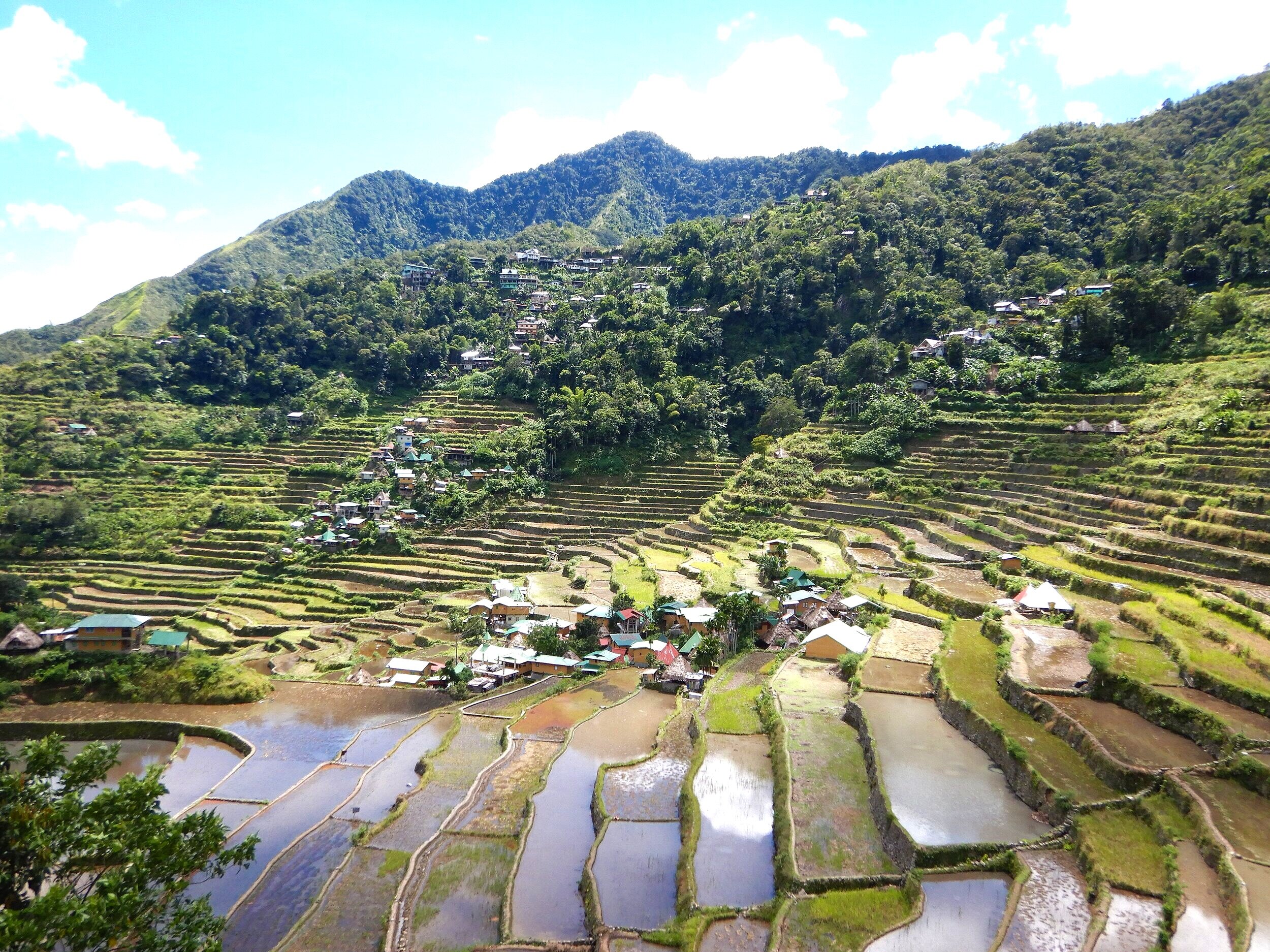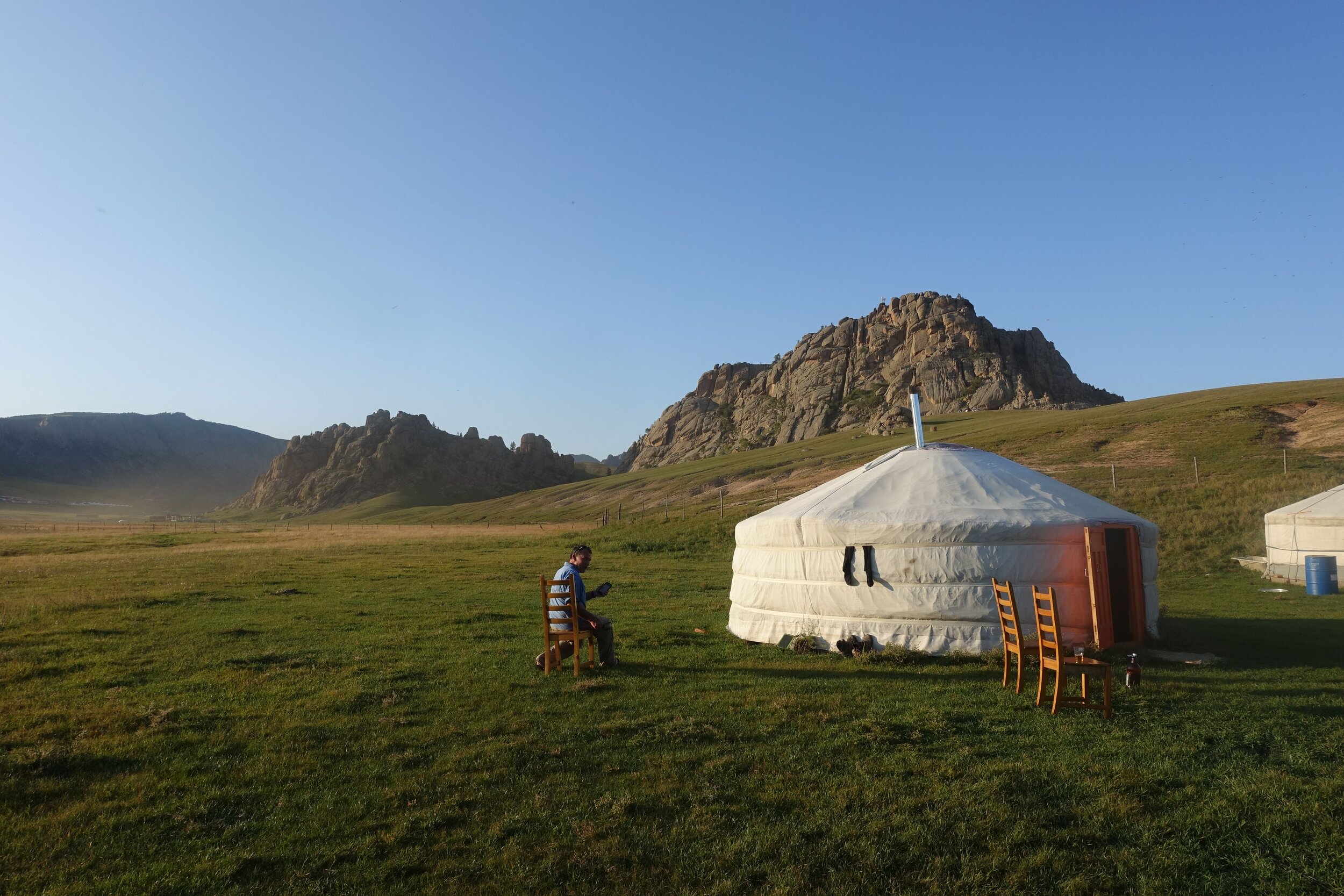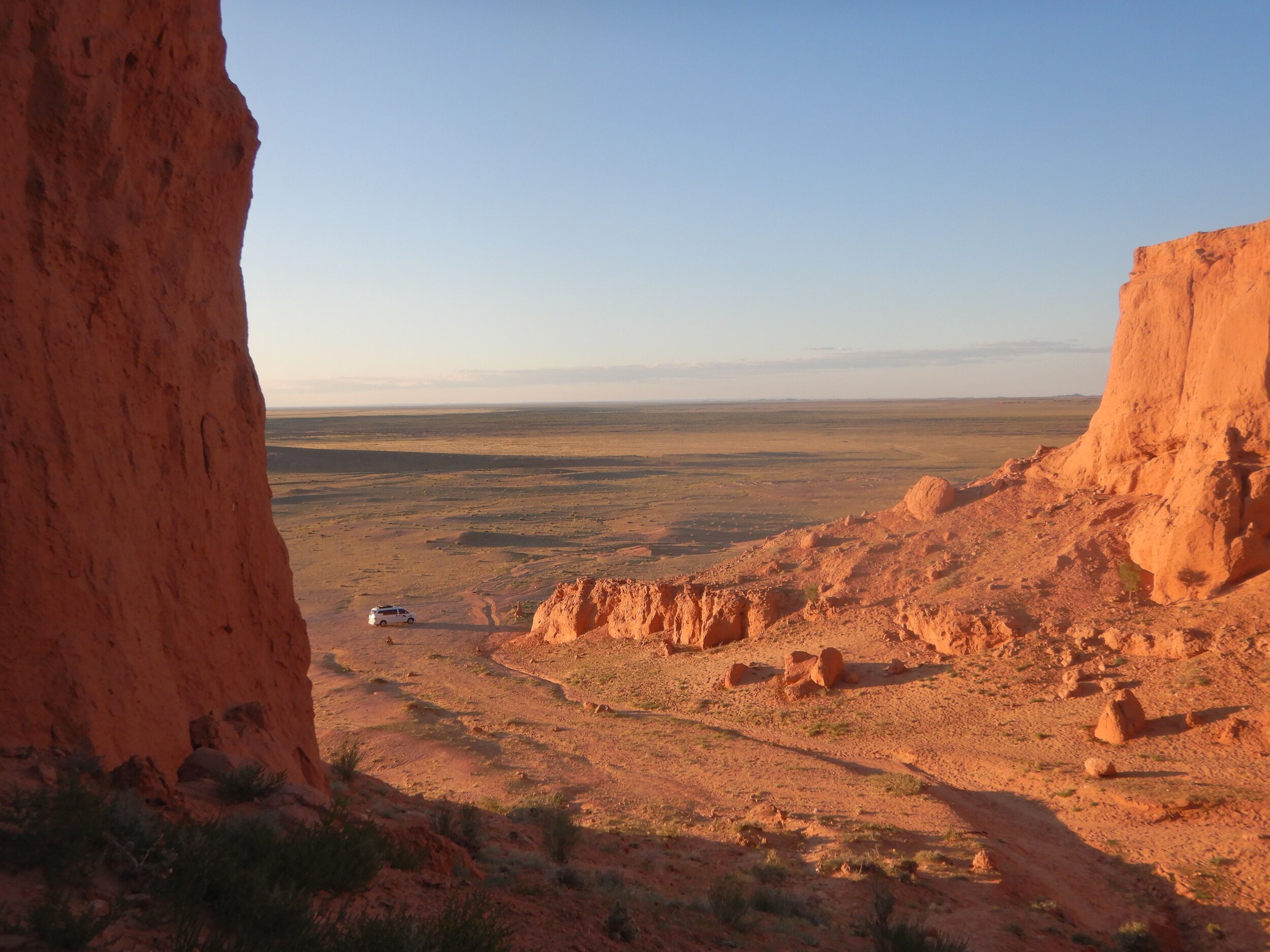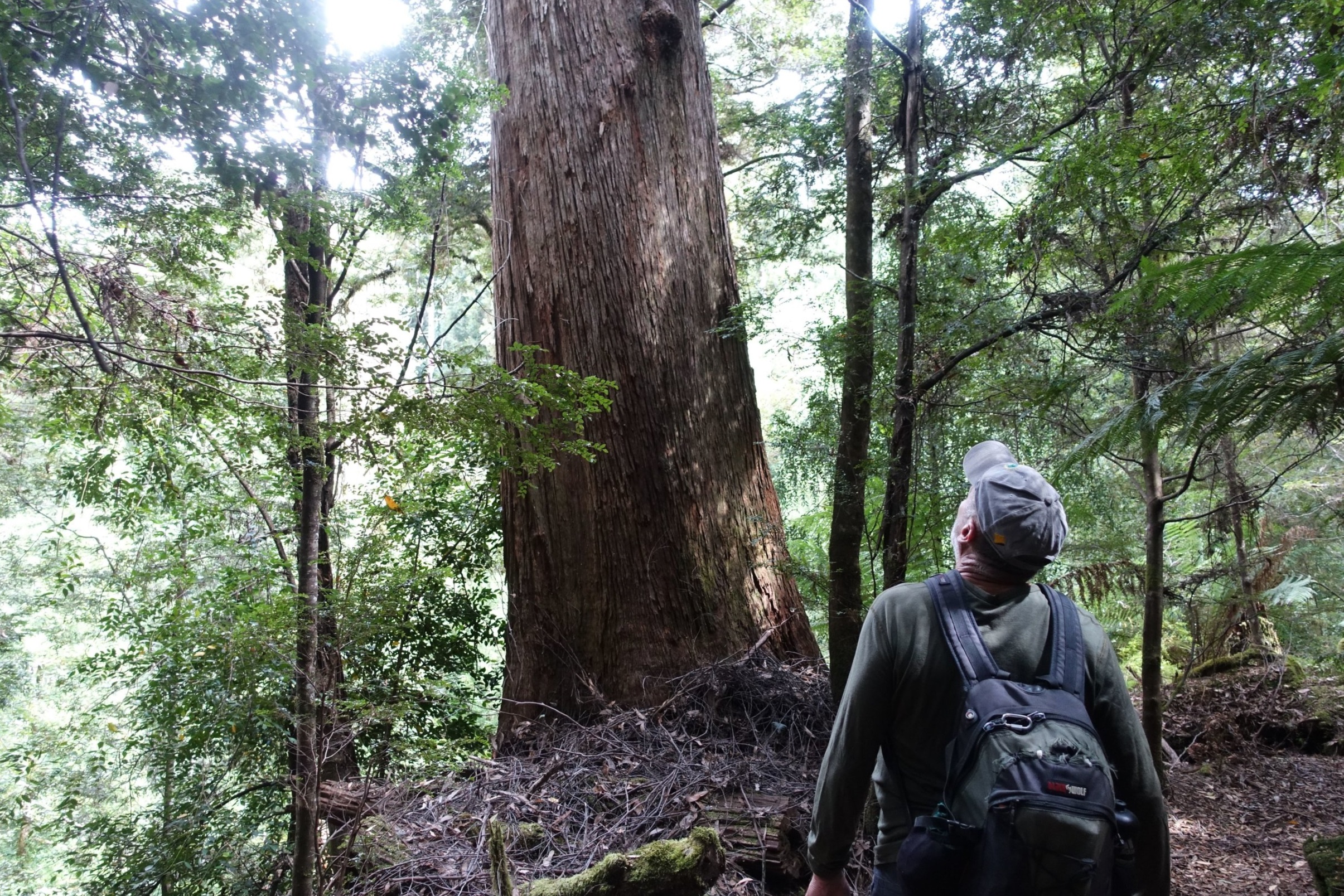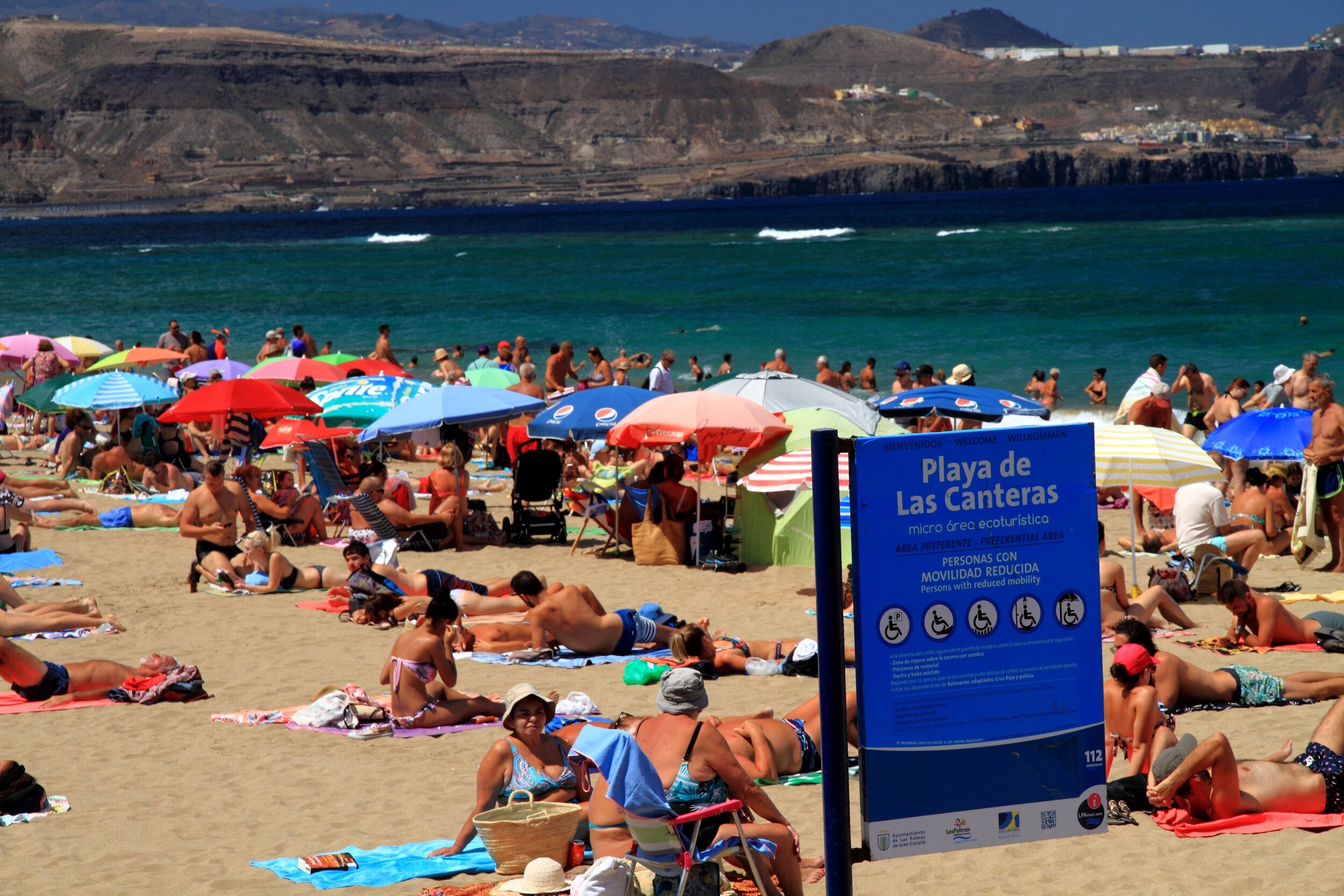Tips for Winter Roadtrippin' in North America
/Introduction
As the Northern Hemisphere moves into winter we have reflected upon the road trip we did from mid-January to the end of April 2017 in the USA and Canada. We left LA in mid-January and drove across the south to the Eastern Seaboard, then back again across the north, through 30 states in all. We then spent 4 weeks driving in Canada, half in the west, including up into the Rockies in late winter, and the other half in the east from Montreal to Newfoundland, in all 7 provinces. If you’re interested in the specifics of those travels have a look at our USA and Canada posts by clicking here.
But the aim of this post is not to revisit the specifics of where we went but to share a few little tips on things we found useful in navigating our way around the often snowy continent.
We’d originally planned to hire a small campervan in order to be self-reliant for accommodation. In Australia winter is the high season for grey nomads* to visit the north and centre of the country as it’s too hot in summer. Australia’s mild winters also make it feasible to visit southern parts, including Tasmania. But we quickly realised that camping was not going to be a good idea in the US and Canada in winter. Many camping grounds and RV parks are closed, in a lot of cases they are buried deep in snow. And even if they were open we were likely to be cold and miserable and at risk of hypothermia, so we decided to hire an SUV (four-wheel drive) in the US and stay in budget motels and guest houses. In Canada we hired conventional vehicles.
So, was this a good approach? The short answer is yes, it worked well for us and we were certainly grateful that we hadn’t gone ahead with the campervan idea. Here are some tips and things we found useful on our three and a half month trip.
* Grey Nomads are retired people who travel for long periods of time in their campervans and mobile homes, moving from place to place.
Finding Budget Accommodation
Like a lot of older travellers we like our own space, so we’re not big on hostels. We also figure that we’re due a little bit of modest luxury at our stage of life. At the same time, we’re also greedy for new experiences and seeing as many new places as possible in the time we have on a trip, which means that we try to stretch our money to last and squeeze out the maximum travelling time. To do this we follow a budget. On this winter road trip we gave ourselves a daily accommodation budget of $AUS100/$US75-80. If we exceeded it on one day we tried to claw it back with cheaper digs on another day. And we usually succeeded.
For the most part we found motels to be the cheapest option, with the occasional budget B&B. A lot of places were closed for winter, but many of those that were open offered cheaper than normal rates (except in ski resort areas).
snowplough to the rescue - newfoundland
We used different booking apps to find accommodation, usually a day or two in advance if we knew where we would be and were confident that we didn’t face too many hazards, especially snow storms. We found the Booking.com site to be the most useful. If there wasn’t anything available in our chosen location we could expand the user-friendly map showing available rooms until we found something nearby. We didn’t find the map function on some of the other sites to work as well.
guesthouse - newfoundland
In big cities like New York and Chicago we stayed out in the suburbs where prices were a lot cheaper and went in to the city using local public transport. In many large cities parking is an extra charge levied by the accommodation provider, so check the fine print on parking fees before booking something downtown. To give an example of how such an approach can save you money, we paid $AUS96/$US74 per night with free parking for 4 nights at a Super 8 motel in New Jersey, just a 20 minute mini-bus ride to the centre of Manhattan, and the frequent bus pulled up in front of the motel. Try finding a hotel in downtown Manhattan for this sort of price.
We have used shared economy accommodation options such as Airbnb on occasion and usually find them to be fine. But we have had a couple of times where the owner has been ‘in our face’ a bit too much, so we tend to use them as our fall back choice when we can’t find a traditional hotel, motel, guesthouse or B&B.
Food and Self-Catering Motel Style
We like to prepare our own food most of the time. There are, of course, apartments and shared economy options which provide kitchen facilities. In general, on this trip we found these to be more expensive than budget motels/hotels. However, motels don’t have kitchens, though many do provide microwaves. Anticipating this we prepared ourselves by acquiring three things:
1. A Kettle – Most motels and hotels don’t provide kettles. They often have annoying to use coffee machines, which all operate differently, but uniformly produce disappointing coffee. If we can’t access a decent expresso we’d prefer to get our morning caffeine hit with instant coffee.* So, having our own kettle gave us the freedom to boil up a cup of tea or coffee, whenever we felt the urge.
2. A Small Esky/Coolbox – Useful for transporting leftover milk and other vitals between locations. And in some instances, our accommodation didn’t provide a fridge. Mind you, in many parts of the US in January and February you can just leave your food outside your front door as it’s so cold.
3. A Microwave-proof Dish – Motel microwaves are intended for heating up pre-packaged meals and other small items. There is rarely any cookware provided. We borrowed a pyrex microwave bowl (c.8.5” or 22cm diameter) from a friend in LA. With the bowl, kettle and microwave Cally was able to whip up a very respectable vegetarian spaghetti bolognaise.
So, when booking our accommodation, we tended to look for places with a microwave and a fridge.
there are plenty of fast food options if you don't want to self-cater
Breakfast – A lot of places provide what’s called a “Grab and Go” breakfast. As the name indicates, this is not a luxurious, relaxed, sit-and-linger breaky affair, it’s more like the meal equivalent of a snatch and grab robbery. It usually involves fruit juice (not fresh, reconstituted), sweet pastries in individual plastic packaging, cereal and/or porridge in small disposable bowls, bland coffee, and if you’re really lucky fruit (bananas and/or apples). The occasional appearance of a boiled egg is an exciting and welcome pleasure.
cabot trail, nova scotia
Don’t get us wrong, we weren’t ungrateful for these offerings as it gave us something to start the day without having to go outside the motel or to spend any money. In fact, it can sometimes provide morning tea or even lunch. It seemed to be the general rule amongst our fellow travellers that, if you could grab it and carry it away you could take additional provisions to be enjoyed later. Some people seemed to be shamelessly stocking up for the apocalypse, taking more than just a sly pastry for morning tea.
This phenomenon reminded us of a series of comedy sketches made some years ago by English comedian Harry Enfield of fake commercials where Nelson Mandela endorses a number of somewhat dodgy products. Specifically, the “Nelson Mandela Thieving Coat” would have been the perfect garb for regular Grab and Go breakfast-goers. Click here if you want to see what we mean.
* Australians tend to be coffee snobs. Melbourne has the highest concentration of cafes per capita in the world.
Get a US/Canadian Sim Card
In most of our travels we use a travelsim – a sim card that can be used in most countries in the world. Click here for more info. We use it mostly for phone calls. The newer versions of travelsims can also be used to access the internet, but it can be expensive, so we tend to rely on free wifi.
But on our winter roadtrip we decided to get a local US/Canada sim with a month by month plan. We used it primarily for last minute accommodation bookings, weather reports and road condition reports, and phone calls.
crossing the golden gate bridge, san francisco
On some long driving days we didn’t know where we’d finish that night. Similarly, on days where the weather forecast was for snow storms we would only choose our route on the day, and thus, again, didn’t know where we would be sleeping that night. We found it useful on such occasions to research possible motels and hotels on our various likely routes and likely end points and save them on wish lists on booking sites, usually Booking.com. Then, as we reached the point late in the day where it was clear where we would end up we could use our local simcard on our smartphone to book a room. Yes, we could’ve just turned up and asked, but we liked to know that a room with our preferred specifications at a price we liked was booked before we arrived. Sometimes this was as little as half an hour before arrival.
B.Y.O (Bring Your Own) ………..
USB Cigarette Lighter adapter
Some small items that we were pleased that we brought with us were:
1. Sat Nav – We borrowed a sat nav from the friend in LA whose microwave dish we also purloined. Sat navs can be very expensive to rent, especially if you’re paying a daily rate on a long trip. If you already own one, bring it with you. If you don’t live in the US or Canada then load up on the relevant maps for your trip before you leave home.
We also had an offline maps program on our smartphones, ie Maps.me which also has a trip navigation function. We often had both the sat nav and the Maps.me app programmed, which was interesting when they didn’t agree on a route. He (the sat nav) tended to take the conservative, longer, but more main road route while she (Maps.me) was more daring, taking us up obscure, back roads in order to save a few kilometres). It was like listening to an old married couple arguing (turn right here – go straight – turn right – go straight – do a U turn…)
2. A USB Cigarette Lighter Adapter – To keep your phone charged while driving, which is particularly important if you’re using your phone as a sat nav (which chews up the power) you need to plug it into your hire car. The vehicle we had had both a USB port and cigarette lighter port. We found that the cigarette lighter port was more efficient at charging our phones. Luckily, we had an adapter to fit the port. It might be worth bringing one along. They’re not expensive.
on the way to monument valley
3. Music –You can, in many cases, plug your smartphone into the car and stream your own pre-downloaded music, as long as you have an appropriate port in the vehicle. Streaming directly from the internet, on the other hand, can be problematic when on the road, especially when in more isolated areas. Being old school, we still play CDs most of the time, so we bought a few before embarking on our road trip. The distances are big in North America, so come prepared if you like to travel with a musical accompaniment.
4. Universal Travel Adapter – Something every keen traveller needs is a universal adapter for recharging your devices. We used to acquire the specific adapter for each region, but on long trips this meant carrying 3 or 4 different adapters instead of just one. Do yourself a favour, get one universal adapter and avoid our mistake.
Weather and Driving
As mentioned, winter can be a difficult time to drive in some parts of North America, and on occasions you might need chains. We didn’t know how to use them so we had to plan our routes to avoid snow storms and lots of accumulated snow.
A useful tool for route planning was the Safe Travel USA site. This site has links to the road condition and weather sites for all 50 states. Here is the link http://www.safetravelusa.com/
the road into west yellowstone
We downloaded some of the state specific apps for regions we were concerned about to ensure we had the most up to date info on hand.
In Canada the Travel Information for Canada site will connect to each provinces road conditions site. Here is the link http://www.highwayconditions.com/canada/
cruising the canadian rockies
In many cases the individual state and provincial sites are number 511.
driving through the redwood forests of california
We also found the various television weather channels to be compelling morning viewing before hitting the road heading anywhere slightly problematic.
Acquire Annual National Parks Passes
The national parks in both the US and Canada are some of the most impressive in the world. Visiting as many parks as possible was at the top of our ‘to do’ list. Have a read of our post on SW USA National Parks Road Trip and you’ll see what we mean.
joshua tree national park
At our first park in California, Joshua Tree National Park, we purchased an annual pass. It was $US80 and gave us access to all national parks and national monuments. Over 10 weeks in the US this saved us heaps.
In Canada we fluked the fact that 2017 was the 150th Anniversary of Canada and national parks passes were free to all. Whoopee! Needless to say, if we’d had to pay, it would have been a good savings once we had visited a couple of parks.
A Note on Hiring a Car
There are lots of rental car websites for booking in advance. We wanted to make sure that we had a vehicle available on arrival and to know what it would cost, so we pre-booked. As we needed a car for 10 weeks we shopped around to see what deals we could get for such a longish period. We ended up going with Rentalcars.com where we got a good deal on an SUV in the US. We probably would have gotten away with a conventional 2-wheel drive but the SUV gave us extra confidence in the often slippery, snowy conditions, especially in mountainous regions. It also gave us plenty of room for our packs, esky, and other gear, so we were pleased that we chose this option.
In Canada we also pre-booked with Rentalcars.com, once for the west coast and the other for the east. Despite there still being lots of snow about in many places (it was April), we got by with conventional vehicles in both cases. We do note though that many parts of Canada (eg the Rockies), require vehicles to carry chains from 1 December until 31 March. Check the relevant provincial road condition websites before heading out during this period.
The moral of the story is, when looking to rent a vehicle on-line, shop around to find the best deal.
Wildlife obstacles are everywhere.
Conclusion
We approached our winter road trip with both excitement and a little trepidation due to our lack of experience in serious winter driving. In the end we had a fabulous trip with no dramas. With a little of preparation and ongoing monitoring of weather and road conditions you can successfully explore this amazing continent even in the depth of winter.
Ken and Cally
at yellowstone
